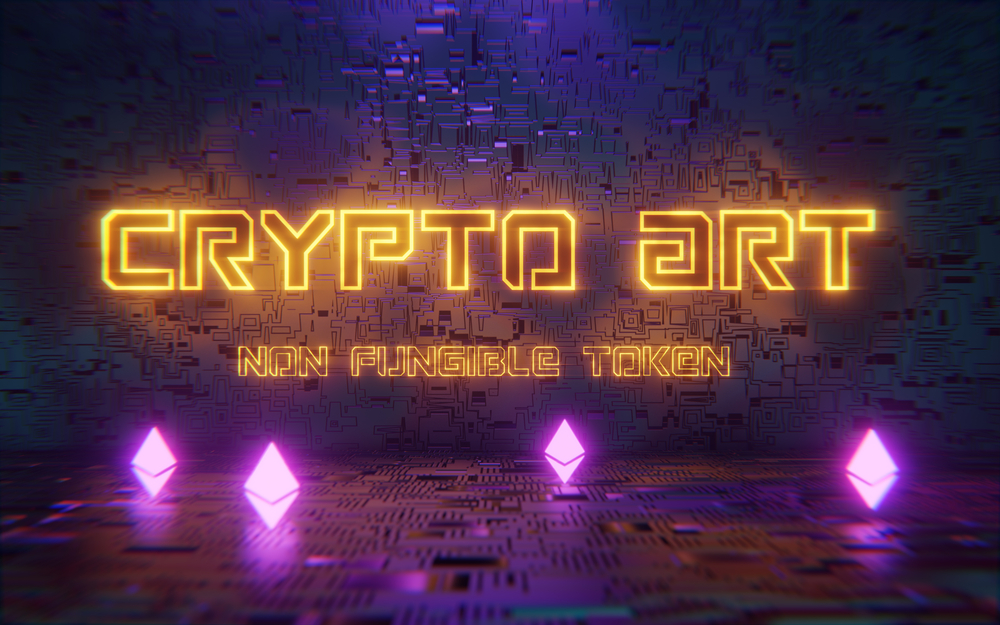After putting in three hours, learning a few esoteric concepts, and spending $1,300, I did it.
An NFT was created (actually, four were created).
This term may have come to your attention. It will be discussed a lot if not. That’s 2021-speak for “possibly a speculative mania,” or an acronym for a non-fungible token.
Digital tokens represent digital files that are one-of-one. CryptoPunks was the first project to use NFTs, offering 10000 unique digital avatars designed using an algorithm for free. Others had a face mask or an alien face (prescient!). Importantly, avatars cannot be copied.
Copying and reposting the image to Twitter would be similar to photographing a Warhol screenprint. Even though it might look similar, the copy isn’t the same. Rather, a public ledger (generally powered by Ethereum) records who owns what file
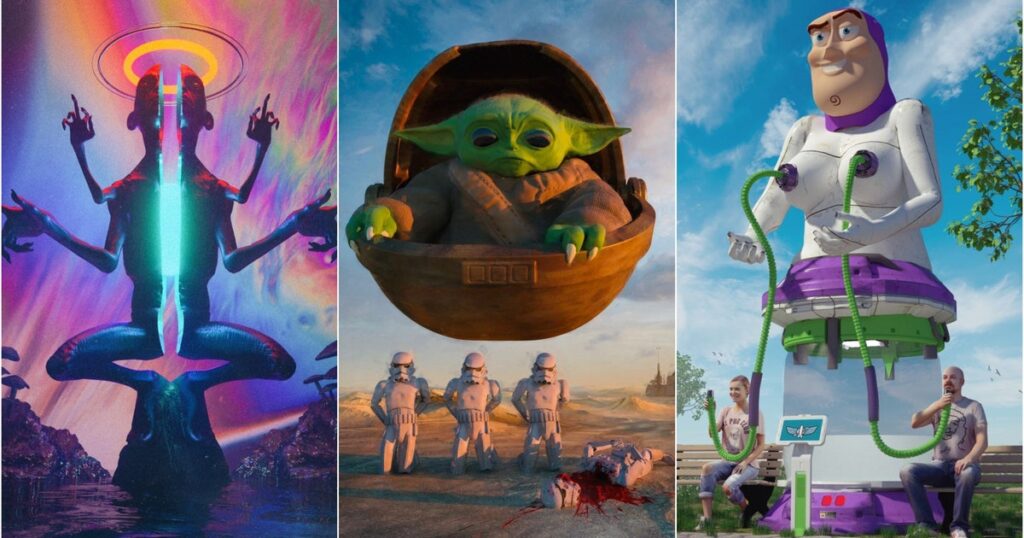
What’s the point? Digital scarcity is possible with NFTs. Thus, for the first time, digital art can be influenced by the same forces that drive the art market: context and scarcity. One CryptoPunk sold last month for more than $1 million, even though initially they were given away for free. A second NFT by the artist Beeple (a contender for being the Warhol of the NFT era) sold for $6.6 million.
NFT proponents argue that this is the future of art: decentralized from gatekeepers and open to everyone who wants to create and participate in projects.
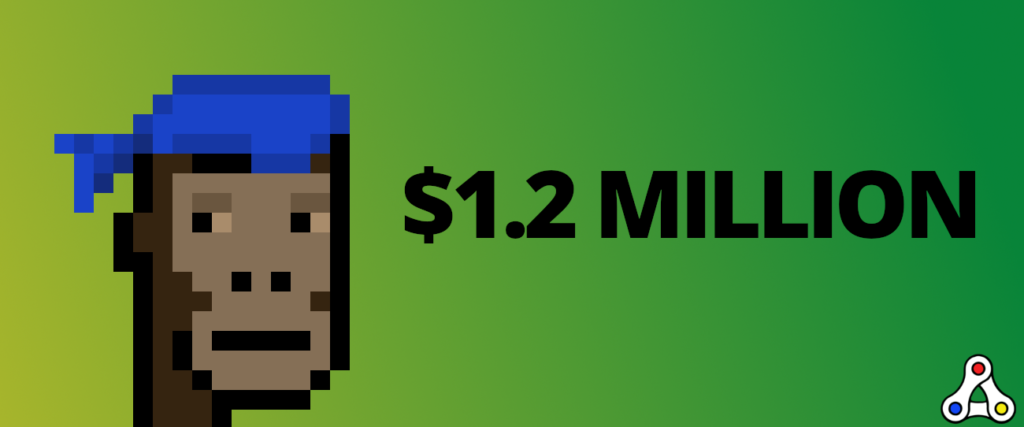
I learned to be a gold miner from the Oregon Trail video game I played as a kid (perhaps it wasn’t the intended lesson). I created my own NFTs on Thursday, during a global pandemic.
In order to become an NFT tycoon, I had to figure out how to create them.
There are three steps: creating the artwork, minting it (turning it into a one-of-one NFT) and selling it.
First step seemed particularly challenging. I do not have any digital art talent, with the exception of some professional photography I did in high school for local emo bands. However, I set aside the problem in the hope of solving it later.
Second and third steps are intertwined, as it turns out. Artists can create and sell NFTs on a variety of platforms. The most popular ones include Foundation, SuperRare, Nifty Gateway, and Rarible. NFTs sometimes can then be coded so that the original artist receives a royalty from every sale (a sign that capitalism is still going strong).
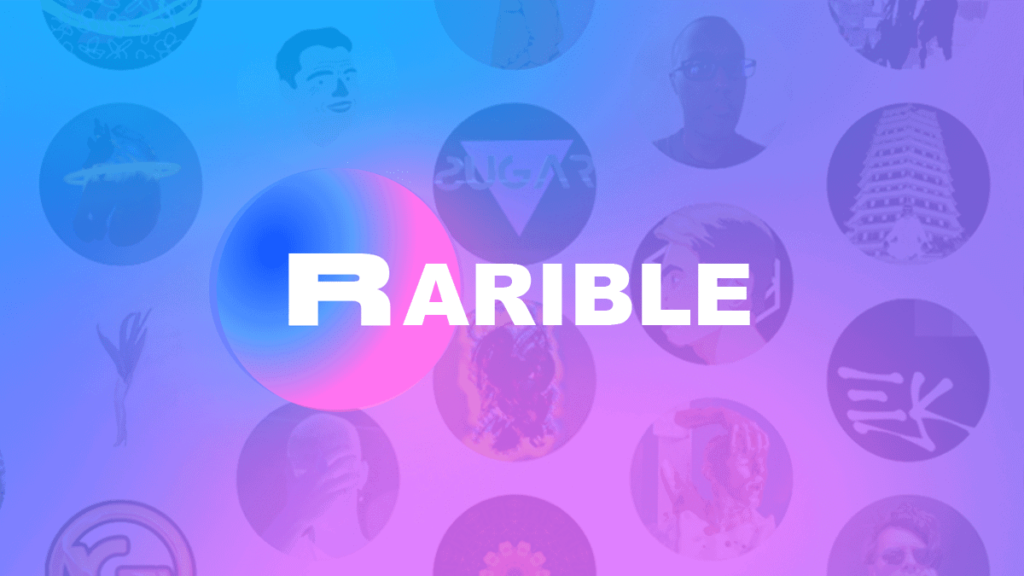
My second obstacle (aside from the fact that I’m unable to create art) is the fact that most platforms require you to apply to become a member. It had been my vision to walk into the gallery and throw down my best work, and soon to be able to show it off to the world. In addition, I had to fill out several forms explaining who I was and what I did. Decentralization wasn’t free from gatekeepers.
Among the platforms, one appeared to be more flexible. NFTs can be created with Rareble by anyone who wants to. It is common practice for credible artists to have a “verified badge,” which signifies that they are not complete jokes, but I was here to make art, not to have a badge!
On Rarible, there is no “Create Account” button. There is no mention of “connecting.” So what is connected?
The majority of NFTs (including the ones Rarible creates) are built on Ethereum. Bitcoin’s more useful cousin is this blockchain technology. In Ethereum, smart contracts that follow specific rules can be created on the blockchain.
Do these contracts have a cost of creation or interaction? A unit of Ethereum (abbreviated ETH) is currently trading at approximately $1,500.
In addition to the Ethereum currency, Ethereum objects (like NFT art) are also stored in the wallet.
In their conversation about connecting, Rarible meant connecting my wallet.
How to choose a wallet?
Metamask was discovered by googling. One of the best wallets is said to be this one. I am a sucker for adorable brands, and this had an adorable animal logo (a fox), so I was completely sold.
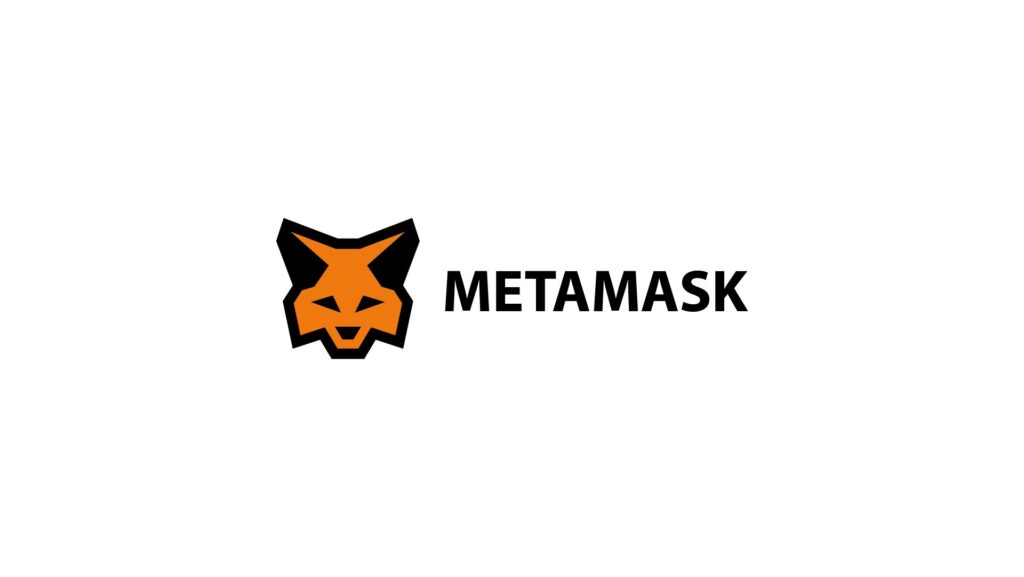
Created an account with Metamask’s Chrome Extension. Platforms such as this generate random words as a form of quasi-password (you also have a regular password). It’s not exactly clear to me how they make it more secure, but I assume it’s for security reasons. The Metamask tagline seems to be, “you cannot recover those words” (that they aren’t recoverable).
My account was created and I hid my magic words and returned to Rarible.
Rarible automatically logged me in as well as my wallet. Even though I can’t figure it out, I’m feeling very smart for having figured it out, so I’m not questioning it.
You can create by clicking a big button. Yes, I want that!
As a result, I was given the choice of creating a single collectible or multiples. Not wanting to overextend myself, I chose to create a single.
My emotional blockout caused me to see the screen I knew was coming, “Upload File.”
That’s crap.
Despite my continuous efforts, I still hadn’t developed a prodigious skill for digital art.
Is there anything I can learn? Not for me. I don’t have the time.
Could something be remixed?
Famous images were screenprinted by Warhol (often not even by him).
Art is only possible when familiarity and novelty combine. The idea of Warholizing something isn’t particularly innovative. As well as being messy and funny, NFT culture is quite unique. It wasn’t messy or funny for me to create a colorful soup can.
Is it possible to upload something I did not make?
There is an account on Rarible that sells images similar to those created by Banksy. A few collectors began buying up the NFTs on the account in the hope that it was Banksy’s secret account. After spending over a million dollars on this fake Bansky’s art, Banksy’s spokesperson (he has one, surprisingly) put out a statement clarifying that it was an imposter.
What if I upload old paintings that aren’t copyrighted? Do you think that would qualify as art?
I was surprised to read that some publications claimed this was the peak of the NFT bubble.
In the NFT community, “art theft” is controversial. Rarible users have discovered accounts that take, create, and attempt to sell the original works of other digital artists without permission. Lines are drawn differently by different users.
Can public domain images be used? Could I just upload old, uncopyrighted paintings? Do you think that would qualify as art?

Upon searching the Internet, I found the Metropolitan Museum of Art’s “Open Access” program, thinking that I had come up with my best idea yet. They released all copyright claims to over 400,000 images of art in the public domain. All use without attribution, in any form, was permitted.
Shortly after, I had already downloaded “The Death Of Socrates,” the most famous work in the Met’s collection. Optimistically, I thought uploading this might provide an interesting commentary on art – is it possible to create something entirely new by reformatting something? I considered it the only way to upload something without violating any rules.
Upload complete.
I was then asked if I wanted to have my own collection or be a part of the “Rare art collections” as a whole. Thinking this was the case, I chose the latter.
Collection Name?
This Is Not Art
Description?
These are very much not art.
Logo?
The artwork emoji 🖼️.
In the next step, I created the Ethereum collection. Using Metamask, I was told to pay .67 ETH (Ethereum) or $997. Charges on this network vary depending on how “congested” it is. These charges are called “gas fees.”.
The future is expensive, I thought mildly dumbfounded.
To make money, you have to spend money, as I learned along the Oregon Trail. Spending $1,000 on becoming the next Beeple was a worthy investment.
In Metamask, I could “Buy ETH.” It said I was limited to $499 at a time, but I could do that a few times and get to the number I needed. After clicking through the steps, I got an error. New York residents could not buy ETH.
It turns out the New York State, the finance capital of the world, is also the capital for strict cryptocurrency regulations. There are only 26 companies approved to sell cryptocurrency in New York. Coinbase is one of them. So I found myself on Coinbase, where apparently I could use my debit card to buy ETH that I could instantly send to my Metamask wallet.
My real wallet felt sadly lighter. But I had bought enough ETH to create my collection. Next, I “sent” it to Metamask.
With my accomplishments under my belt, I was ready to advance to grandmaster status. Then I received a message indicating that my transfer was being held up because it was suspected! My ID photo and selfie will be needed to unstick the coin.
The pain was starting to hurt, but art is all about struggle, right?
In the future, NFTs are not something to be revolutionized, but rather reinterpreted.
My odd hairstyle was uploaded, hoping a computer would be able to review it so no human could see it.
My Metamask wallet finally received the ETH. My collection could now be created (and I’d be a thousand dollars poorer).
Then the tough part began: naming my NFT.
In the interest of being honest, “Not the Death of Socrates” was my choice. After hitting the create button, I discovered that there was also a fee ($86).
I made my first NFT without much fanfare and with $86.56 missing from my bank account.
The gold rush was drawing nearer to me. In the near future, I will sell my NFTs for millions and have Christie’s auctions (as Beeple is doing right now).
A collection cannot be made up of one NFT. The following public domain images have been added. Those were the pictures I had now, in addition to “Not a Self-Portrait with a Straw Hat” and “Not Washington Crossing the Delaware.”
My total expense was roughly $1,300, but I had accomplished my goal. “Work” surrounded me as I sat there staring at it. Will buyers come instantly? What is the process? Speculative mania had been described to me. I would sell my art quickly, right?
Five minutes went by. No bids…
Twenty minutes. Nothing.
I have a scarcity problem, but a context problem as well. It doesn’t make sense. Narration not necessary. So far, I hadn’t found a curated marketplace that I liked. Even Rarible hadn’t verified me as a user: I was just a random account posting random things (pun intended, sadly).
If NFTs represent the future of art, they are certainly not a revolution, but rather a reinterpretation. Despite this, being called “important” remains important. In addition to traditional art houses now moving into the space, traditional gatekeepers are staying put, too. It is not feasible for everyone to spend $1,000 on a collection. While cute foxes make the technology seem approachable, it’s actually quite clunky (although improving).
What are the future prospects for NFT? There will be more tools available to make it easier to buy, create, sell, and display. In any painting, as others have pointed out, the physical materials make up only $100, the rest of the value comes from context, narrative, history, and provenance. This underlying force is perfectly captured in NFT art. Since thousands of years ago, humans have sought ways to collect, signal status, and participate in larger narratives. In the future, we will only use digital images.
And my career with NFT? For each of my four NFTs, I received a bid of .05 ETH (roughly $76) the next morning. Accepting the bids involves how much Ethereum gas? Each costs $88.
Although I lost $12 on that sale, I am now, technically speaking… a professional NFT artist.

